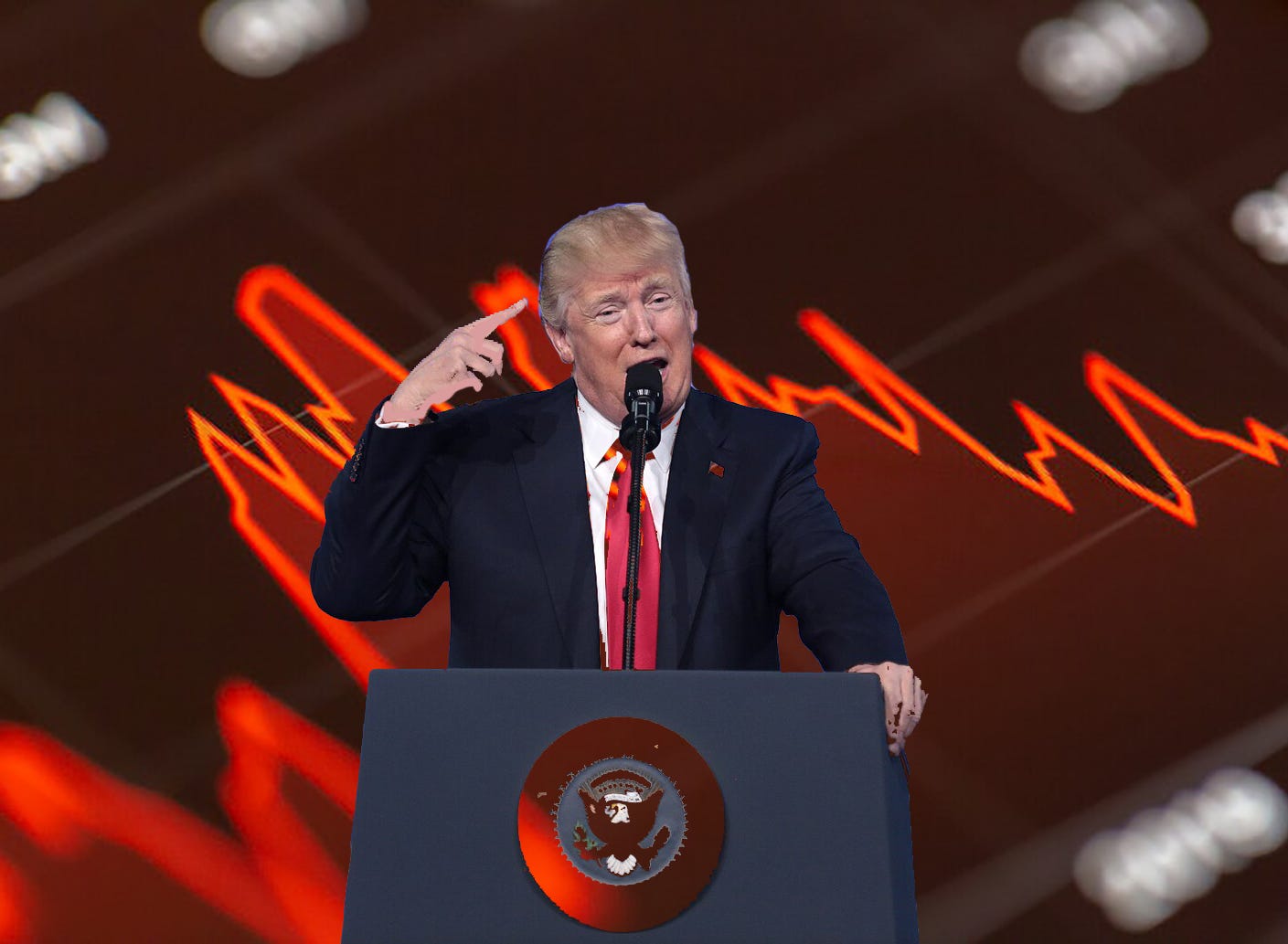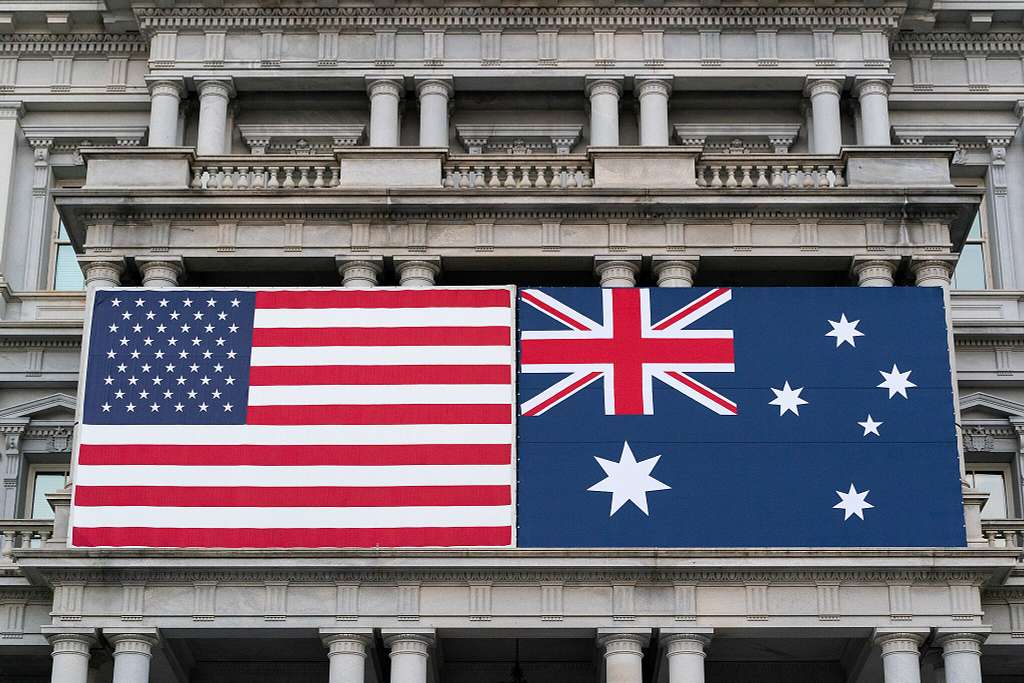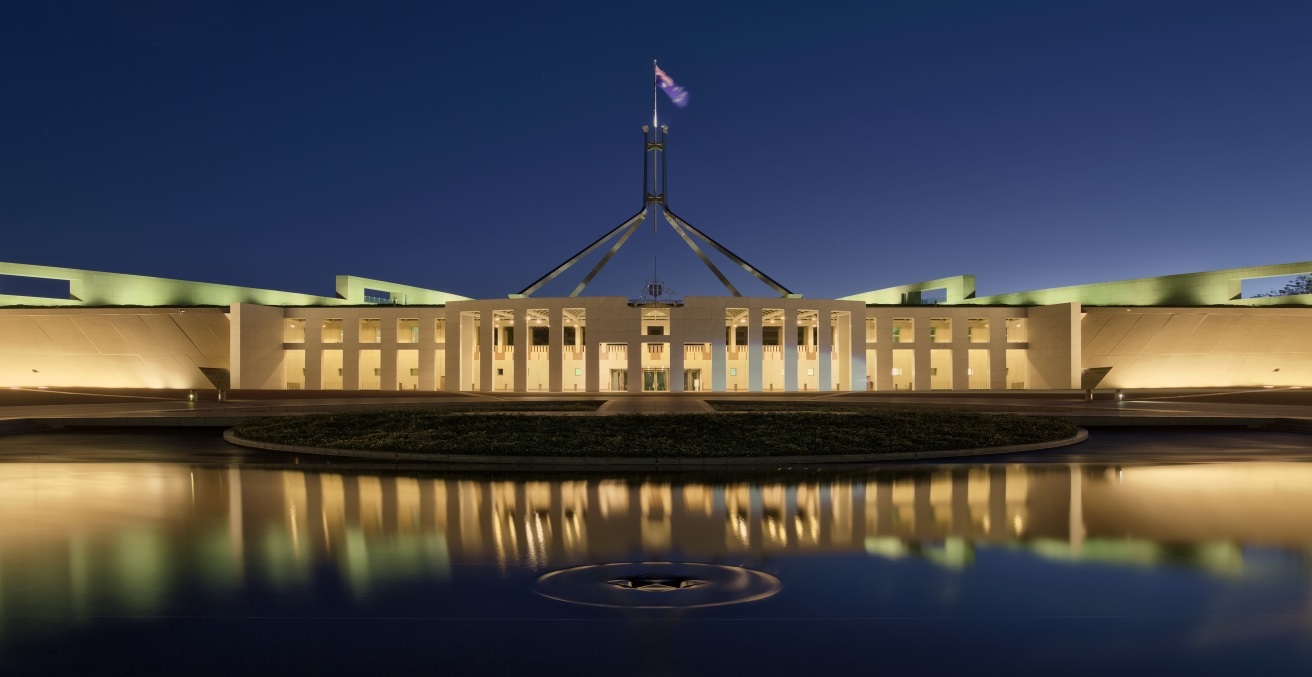India’s emerging “MIDWIFE” strategy reflects a calculated response to China’s growing regional assertiveness, balancing autonomy with deepening ties to the United States and Indo-Pacific allies. As China tightens its geopolitical grip, New Delhi is leveraging demography, diplomacy, and defence to quietly shape a multipolar regional order.
In our article on China’s “peaceful war” and its “MIDLIFE” strategy published in the Australian Outlook, we distinguished the seven pillars of Beijing’s ongoing competition with Washington. Although this comprehensive strategy primarily allows China to battle with the United States without resorting to kinetic and war-like conflicts, Beijing is also directly or indirectly targeting other countries, particularly India. However, New Delhi appears to have its own “MIDWIFE” strategy—by securing both American and Indian national interests—to counterbalance China.
China’s Pressure Points of Indian Containment
China’s playbook includes the encirclement of India—or “sandwiching” it—via the “string of pearls” in the Indian Ocean (or China’s “Western Ocean”), in the south, and with coercive tactics along the Himalayan mountainous region in the north. Additionally, India is bordered by China’s “all-weather friend” Pakistan in the west and increasingly pro-Chinese Bangladesh in the east. Nepal and Bhutan—India’s traditional spheres of influence—seem to have also shifted more favorably towards Beijing.
Far from seeking resolution, Beijing’s strategy hinges on keeping the Sino-Indian border dispute simmering and continuously exploiting it as a leverage over New Delhi. As exemplified by the Doklam standoff in 2017 and the Galwan Valley clash in 2020, China has kept India “restless” in its efforts to secure its northern boundaries. China may also play a role in the unfolding India-Pakistan conflict following the Pahalgam terrorist attack in the Indian-controlled Kashmir in April 2025. Moreover, Beijing has intensified hydro-political pressure on India through a range of dam construction and water diversion schemes on the transboundary Brahmaputra River originating in the Tibetan Plateau.
Nonetheless, India is not a passive observer; New Delhi has quietly been asserting its influence in the region through a multifaceted and deliberate foreign policy, which may be encapsulated in the acronym “MIDWIFE” (with a W—as opposed to China’s MIDLIFE strategy). In our view, the MIDWIFE collective approach—encompassing Multipolarity, Indo-Pacific Strategy, Demography, Washington, Indian Ocean, Foreign Direct Investment, and English—seeks to consolidate India’s demographic dividends and economic advantages as a regional power to stand up to Beijing’s pressure.
The MIDWIFE strategy
M – Multipolarity: India has purposefully been championing “real multipolarity” that would allow New Delhi to maintain and strengthen its “strategic autonomy” in global affairs. Seemingly rebranding its historical Non-Aligned Movement approach, India has skillfully been upgrading cooperation and friendly relations with a range of regional powers—regardless of their political and ideological orientation—from Southeast Asia to the Middle East. Henceforth, New Delhi has tried to refrain from formal military alliances. Skeptical of decades-long American global dominance, India still views continued US leadership as preferable to Chinese hegemony driven by geoeconomic forces, geopolitical tensions, and geo-technological advancements.
I – Indo-Pacific strategy: Once limited to the Indian Ocean, India’s strategic reach has been expanding towards the Western Pacific Ocean since Japanese Prime Minister Abe Shinzo enticed Prime Minister Narendra Modi to adapt the vision of the “free and open Indo-Pacific” (FOIP) framework, which was meant to counterbalance the rise of China. Under Washington’s leadership, India has been a member of the Quadrilateral Security Dialogue (Quad) with Australia, Japan, and the United States. Having transitioned from the “Look East Policy” to the “Act East Policy,” India is now expanding its presence in the South China Sea and the Western Pacific Ocean in a number of ways: 1) India and Indonesia decided to develop cooperation in defence manufacturing and facilitate supply chains and trade links; 2) New Delhi agreed to provide the Philippines with three batches of Russian-backed BrahMos supersonic cruise missiles; and 3) the Indian Navy has begun to train Vietnamese forces at the Cam Ranh Bay. With these links, India has been building its own “string of pearls” for maritime security within its Security and Growth for All in the Region (SAGAR) concept to encircle China. To the north and east of China, India has engaged with Mongolia—its distant but “spiritual neighbor”—at an unprecedented level and accelerated its economic, technological, and cultural diplomacy with Taiwan to keep Beijing guessing the intentions of New Delhi. It is apparently India’s Ayurvedic remedy to reciprocate and keep China in a “restless” stage as well. For the sake of keeping the mask of strategic autonomy, however, India has continued its membership in BRICS—the original five members of the “Global South” coalition: Brazil, Russia, India, China, and South Africa.
D – Demography: India has a “demographic destiny.” With its young workforce increasingly propelled by domestic consumption, foreign investment, and economic growth, India contrasts starkly with China’s aging population, a legacy of the one-child policy and the growing financial burden to raise children. India’s “demographic dividend” offers long-term economic and strategic advantages. Equally important is the role of the dynamically growing Indian diaspora, composed of highly-skilled professionals and outstanding students—not just in English-speaking countries like the United States and the United Kingdom, but also in relatively new and increasingly popular destinations like Poland and Taiwan.
W – Washington: The United States remains India’s most indispensable partner. Though not formal allies, India and the United States have deepened defence ties over the past two decades through a wide range of agreements. For example, after the signing of the General Security of Military Information Agreement (GSOMIA) in 2002, Washington and New Delhi adopted the US-India Civil Nuclear Cooperation Agreement in 2008. Thus, the United States integrated the Indian subcontinent into its own “lasting geopolitical interests” in the nuclear domain despite concerns over nonproliferation issues raised by the international community. In 2016, the two democracies signed the Logistics Exchange Memorandum of Agreement (LEMOA) followed by the Communications Compatibility and Security Agreement (COMCASA) in 2018 and the Basic Exchange and Cooperation Agreement (BECA) for Geospatial and Intelligence Cooperation in 2020. The Biden White House extended this list with the Security of Supply Arrangement (SOSA) in 2024. At the White House in February 2025, President Donald Trump and Prime Minister Modi announced the Autonomous Systems Industry Alliance (ASIA), whose aim is to co-develop and co-produce maritime drones and counter-drone systems, which is a part of the new “US-India COMPACT (Catalyzing Opportunities for Military Partnership, Accelerated Commerce and Technology) for the 21st Century.” New Delhi’s rapport with the successive Democratic and Republican administrations in Washington demonstrates the continuity of bilateral engagement despite the ongoing negotiations over tariffs imposed by the Trump administration to extract more benefits from India.
I – Indian Ocean: New Delhi has traditionally been considered the guardian of the Indian Ocean—a vital role endorsed by Washington, as revealed by the “US strategic framework for the Indo-Pacific” document declassified in early 2021. India is also reviving foreign relations with key maritime neighbors like Sri Lanka and utilising the strategic location of its Andaman Islands to monitor China’s “scientific” seabed surveys and navigational activities across the deep waters. Most importantly, India wants to minimise China’s presence in Sri Lanka and the Maldives; hence, stopping Beijing from turning the Indian Ocean—the only ocean named after a country—into China’s “Western Ocean,” as described in the ancient literature and mythology of the Middle Kingdom. Former Indian Foreign Secretary and National Security Advisor Shivshankar Menon identified Sri Lanka as India’s “unsinkable aircraft carrier.” It is similar to that of Taiwan for the United States. For China, however, Sri Lanka is the “crown jewel” in Beijing’s Belt and Road Initiative (and potentially a “Chinese colony”), while Taiwan is a “renegade province.” For geopolitical and geoeconomic reasons, both Sri Lanka and Taiwan have now become the “bookends” to the evolving Indo-Pacific strategy in Sino-American and Indian-American relations.
F – Foreign direct investment: Challenging the “Made in China” manufacturing sector, the “Make in India” initiative aims to position India as an industrial and export hub for the world. From a long-term perspective, it is designed to attract foreign investment and know-how to reduce Indian dependence on trading with China and to boost technological self-reliance. More recently, Indian conglomerates—like Adani, Reliance, and Tata—have been seeking joint ventures with American and other partners for investment in both India and abroad. For example, New Delhi has expanded its 2022 bilateral UAE-India Comprehensive Economic Partnership Agreement to include Sri Lanka in April 2025 by signing a three-way deal to develop Trincomalee—a strategic deep-sea port city on the east coast of Sri Lanka—as an “energy hub.” Since WWII, Trincomalee has served as a refueling and supply-chain conduit for British and US aircraft and naval ships in addition to Diego Garcia in the Indian Ocean. With the New Delhi-led trilateral cooperative agreement, Sri Lanka’s energy sector and its strategic location have increasingly become a “political battleground.” China has agreed in January 2025 to invest in a US$3.7 billion oil refinery in Hambantota, the Chinese-built port city on the southern coast of Sri Lanka. Compared to China, India’s investments in Sri Lanka are very modest; nevertheless, New Delhi can now assume that Beijing will not use Sri Lanka for military purposes.
E – English: With India’s colonial British legacy, the mastery of English language has become a comparative advantage in international affairs. As China “clamps down” on English education, India leverages its linguistic alignment with the global marketplace, easing international business engagement, conducting diplomacy, and encouraging student mobility. United by democratic values and English language, India has, for example, embarked on a new era of collaboration in trade, technology, and education sectors with Taiwan, which, unlike China, is now trying to adopt bilingualism. Moreover, Taiwan’s New Southbound Policy and India’s Act East Policy, which synergise with the policies of the South China Sea nations like Indonesia and the Philippines, seem to diversify their economic dependencies away from the inward-looking, anti-English nationalism in China.
Strategic patience, not passive resistance
India’s approach is not marked by dramatic moves, but by quiet persistence, long-term strategic planning and military posturing. Patience, arguably even greater than that of China, is what may be the key to New Delhi’s continued success.
In February 2025, India’s strategic approach has seemingly culminated with the signing of a stack of energy and defence deals with Trump, which are paving the way for India to acquire the coveted F-35 stealth fighter jets. Modi additionally invoked the now famous MAGA (Make America Great Again) slogan: “when America and India work together, that is when MAGA plus MIGA [Make India Great Again] becomes MEGA – it’s mega partnership for prosperity.” Modi then reiterated that “it is this mega spirit that gives new scale and scope” for the Indian-US umbilical cord-like relationship to shape the new strategic foundation and the new world order for the 21st century.
Yet this rise must be calibrated carefully to avoid the perception of neo-hegemonic aspirations. India’s outreach to Sri Lanka, for instance, has sparked concerns about the secrecy surrounding the defence and trade agreements signed in April 2025 as well as the island’s sovereignty—echoing New Delhi’s constitutionally-guided influence over Bhutan’s diplomatic and defence relations.
Amid the growing trade deficit and budgetary constraints in the United States and increasing pressure from China, Washington needs to preserve a free and open Indo-Pacific for its own advantage and global dominance. India has informally subscribed to align with America. Despite its stated strategic autonomy in foreign policy pronouncements, India’s own national interests in economic growth and military ascendance overlap with American interests to jointly counterbalance an assertive China.
Patrick Mendis, a former US diplomat and military professor in the NATO and US Indo-Pacific Commands in the Pentagon, is an alumnus of the Kennedy School of Government at Harvard University and the Humphrey School of Public Affairs at the University of Minnesota. A visiting professor at the University of Warsaw and the inaugural Taiwan chair at the Jagiellonian University in Poland, he is a presidential advisor to the National Security Education Board at the US Department of Defense. Antonina Łuszczykiewicz-Mendis, a former Fulbright senior scholar at Indiana University in Bloomington in the United States, is currently a visiting scholar at the University of Oxford China Centre in the United Kingdom. She also serves as an assistant professor at the Jagiellonian University and a research fellow at the Central European Institute of Asian Studies in Bratislava, Slovakia. The authors are former Taiwan fellows of the Ministry of Foreign affairs of the Republic of China. The views expressed in this article are those of the authors and do not reflect the official policy or position of their affiliated institutions or governments.
This article is published under a Creative Commons License and may be republished with attribution.




